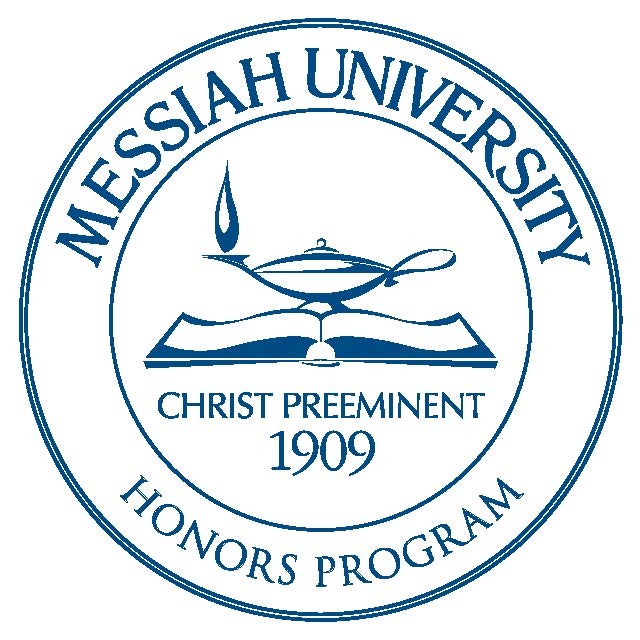Date of Award
Spring 2022
Document Type
Open Access Thesis
Degree Name
Bachelor of Arts (BA)
Department
Language, Literature and Writing
First Advisor
Dr. Samuel Smith
Abstract
The Theatre of the Absurd represents one of the many shifts in the art forms of the second half of the 20th century. In a world that was searching for meaning, the Theatre of the Absurd was able to stage the universal situation of humanity in a new light. The Theatre of the Absurd largely sought to reinterpret several “traditional” conventions of theatre, and in doing so, was able to recontextualize some of the largest questions asked by humanity. Each play slowly shifts the conventions of theatre, as they were traditionally understood by audiences, to change the ways that audiences view the world around them. Overall, the Theatre of the Absurd redefines what so many consider the undefinable, allowing audiences to better negotiate the world around them. The roughly 20 years spanning the entirety of the Theatre of the Absurd represent a brief and bright constellation of plays, consisting of several plays clustered together within recent history. Amidst this constellation, there are some stars that stand out, eventually paving the way for plays to come. Of these brightest stars are Samuel Beckett’s Waiting for Godot and Tom Stoppard’s Rosencrantz and Guildenstern are Dead.
Creative Commons License

This work is licensed under a Creative Commons Attribution-NonCommercial 4.0 International License
Recommended Citation
Murray, Joshua, "Understanding Existentialism on Stage: The Theatre of the Absurd" (2022). Honors Projects and Presentations: Undergraduate. 420.
https://mosaic.messiah.edu/honors/420


